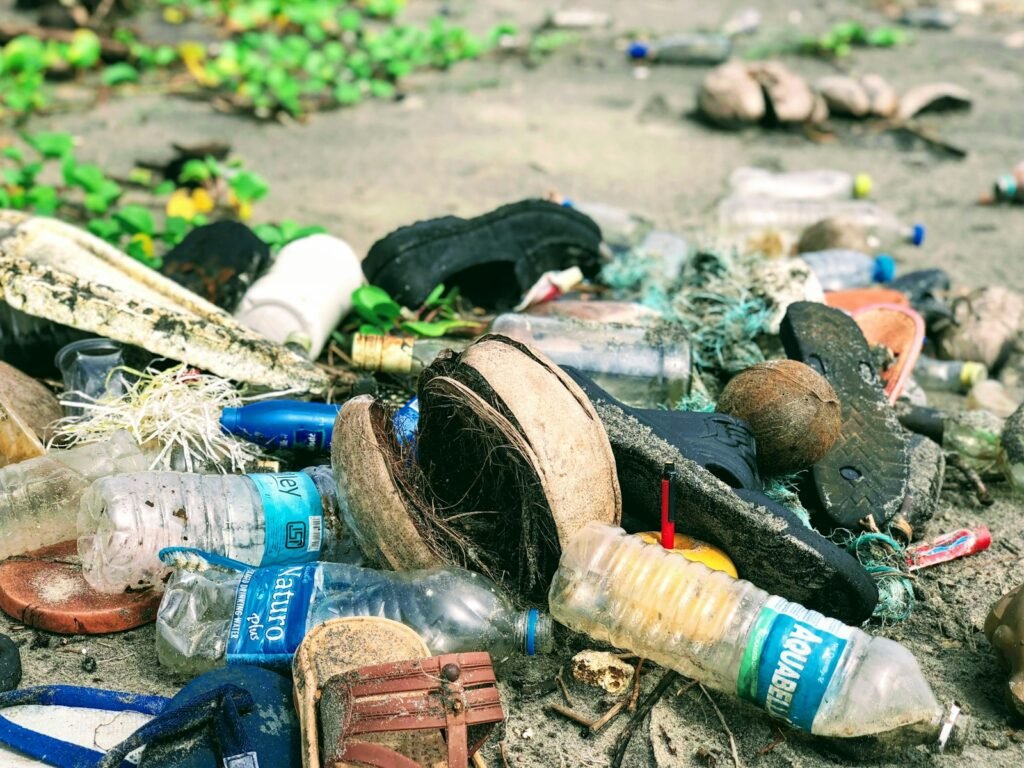Rainwater harvesting is the process of collecting and storing rainwater for later use, typically from rooftops via gutters and downspouts. This practice has been used for centuries in various parts of the world, especially in regions where access to clean water was limited. Today, it’s becoming increasingly popular among homeowners looking to reduce their environmental footprint while also lowering household expenses.

The basic idea is simple: when rain falls on a surface—most commonly your home’s roof—it can be collected, filtered if needed, and stored for use later. This system is not only an effective way to conserve water but also helps in reducing pressure on municipal water supplies and stormwater runoff systems.
Benefits of Rainwater Harvesting
Environmental Advantages
One of the most significant environmental benefits of rainwater harvesting is its ability to reduce stormwater runoff. Excess rain that isn’t absorbed by the ground can lead to erosion, flooding, and pollution in nearby waterways. By capturing rainwater on your property, you help mitigate these issues.
Additionally, using harvested rainwater for non-potable purposes such as irrigation or cleaning reduces the demand on freshwater resources, which is especially important in areas experiencing droughts or overuse of groundwater.
Economic Benefits
Rainwater harvesting can also lead to long-term savings. Using stored water for outdoor tasks like lawn watering and garden maintenance can significantly reduce your household’s water bill. In some cases, it may even qualify you for local rebates, tax incentives, or utility discounts that encourage sustainable living practices.
Household Convenience
Beyond the financial and environmental benefits, rainwater harvesting adds a level of convenience to homeownership. Having an independent source of water can be particularly useful during power outages or in emergencies when regular water supply might be disrupted.
How Does a Rainwater Harvesting System Work?
A basic rainwater harvesting system consists of several key components: the catchment surface, conveyance system, storage tank, filtration system, and distribution mechanism. Each component plays an essential role in ensuring that harvested rainwater is clean, safe, and ready for use.
The catchment surface is usually your home’s roof, which collects the rain. Water then flows through gutters and downspouts, forming the conveyance system that directs it toward a storage tank or cistern. This stored water may pass through various filtration systems to remove debris, leaves, dirt, and other contaminants.
Once filtered, the water can be distributed using pumps and taps for outdoor use or further treated if intended for indoor applications such as flushing toilets or washing clothes.
Types of Rainwater Harvesting Systems
There are two primary types of rainwater harvesting systems: simple and advanced. The choice between them depends on your household’s needs, budget, and how much water you intend to collect and use.
Simple Systems
Simple systems are ideal for homeowners who want a low-cost solution primarily for outdoor uses like watering plants or washing vehicles. These systems typically include basic gutters, downspouts, and above-ground storage containers such as barrels or tanks.
They require minimal installation and can be set up without professional help in many cases. However, they are limited in their capacity and may not provide enough water during prolonged dry periods or for larger properties.
Advanced Systems
Advanced systems offer greater flexibility and functionality. They include additional components like underground storage tanks, advanced filtration units, and distribution pumps that allow the use of harvested rainwater indoors as well as outdoors.
These systems are more complex but can be highly effective in reducing overall water consumption. They may also incorporate features such as automatic shut-off valves, pressure regulation, and backup connections to your main water supply for times when stored rainwater is not sufficient.
Step-by-Step Guide to Installing a Rainwater Harvesting System
1. Assess Your Property and Water Needs
Before installing a system, evaluate your home’s roof size, the average rainfall in your area, and how much water you expect to collect and use. This will help determine the appropriate storage capacity and system design.
2. Choose Between Simple or Advanced Systems
Based on your assessment, decide whether a simple system for outdoor use is sufficient or if an advanced setup that includes indoor applications is more suitable.
3. Install Gutters and Downspouts
If you don’t already have them, install gutters and downspouts to direct rainwater toward your storage unit. Make sure they are properly sloped and free of obstructions to ensure efficient water flow.
4. Set Up Storage Tanks or Cisterns
Select a location for your storage tanks—above ground or underground, depending on space and aesthetics. Ensure that the tank is securely installed and protected from contamination and damage.
5. Install Filtration Systems
Filtration systems help remove debris and contaminants to ensure water quality. Basic systems may only require mesh screens, while more advanced setups can include first-flush diverters and multi-stage filtration units.
6. Connect Pumps and Distribution Lines
For indoor use or larger properties, install pumps and distribution lines that allow harvested rainwater to be used efficiently throughout your home. Ensure all connections are leak-proof and properly sealed.
7. Regular Maintenance Is Key
To ensure the longevity of your system, perform routine maintenance such as cleaning gutters, checking for leaks, and replacing filters when necessary. A well-maintained system will function more effectively and last longer.
Rainwater Uses Around the Home
Rainwater can be used in a variety of ways both indoors and outdoors, depending on how it’s collected and treated. For outdoor use, harvested rainwater is ideal for watering lawns and gardens, washing vehicles, or cleaning outdoor furniture. It’s also useful for filling ponds or irrigation systems.
For indoor use, properly filtered and treated rainwater can be used in non-potable applications such as toilet flushing or laundry. In some cases, it can even be used for cooking or drinking after undergoing advanced purification processes like UV treatment or reverse osmosis.
When using harvested rainwater indoors, it’s important to ensure that the system is designed with appropriate filtration and safety measures in place to meet local health and building codes.
Cost Considerations and Incentives
The cost of installing a rainwater harvesting system can vary widely depending on the size, complexity, and materials used. Simple systems are generally more affordable and may be installed by homeowners with basic tools and skills. Advanced systems often require professional installation due to their complexity and higher initial investment.
Despite the upfront costs, many homeowners find that the savings from reduced water bills make the system a worthwhile investment over time. In addition, there are various local and national incentives available in some regions that provide financial support or tax credits for implementing sustainable home improvements like rainwater harvesting systems.
These programs may include rebates from utility companies, grants from government agencies, or discounts on materials and installation services. It’s a good idea to research what options are available in your area before beginning the installation process.
Challenges and Solutions
While rainwater harvesting offers many benefits, it is not without its challenges. One common issue is contamination, which can occur when debris such as leaves and dirt enters the system through gutters or downspouts. This can be mitigated with the use of first-flush diverters and multi-stage filtration units that remove contaminants before water reaches the storage tank.
Another challenge is system maintenance. Over time, filters can become clogged and gutters may accumulate debris, requiring regular cleaning and inspection to ensure optimal performance. It’s important to factor in these ongoing tasks when planning your system.
Space constraints for storage tanks or cisterns are also a consideration, especially in urban areas where available land is limited. In such cases, underground storage solutions or smaller above-ground units can be more practical options.
By carefully planning and designing the system with these potential issues in mind, homeowners can ensure that their rainwater harvesting setup functions efficiently and requires minimal long-term maintenance.







